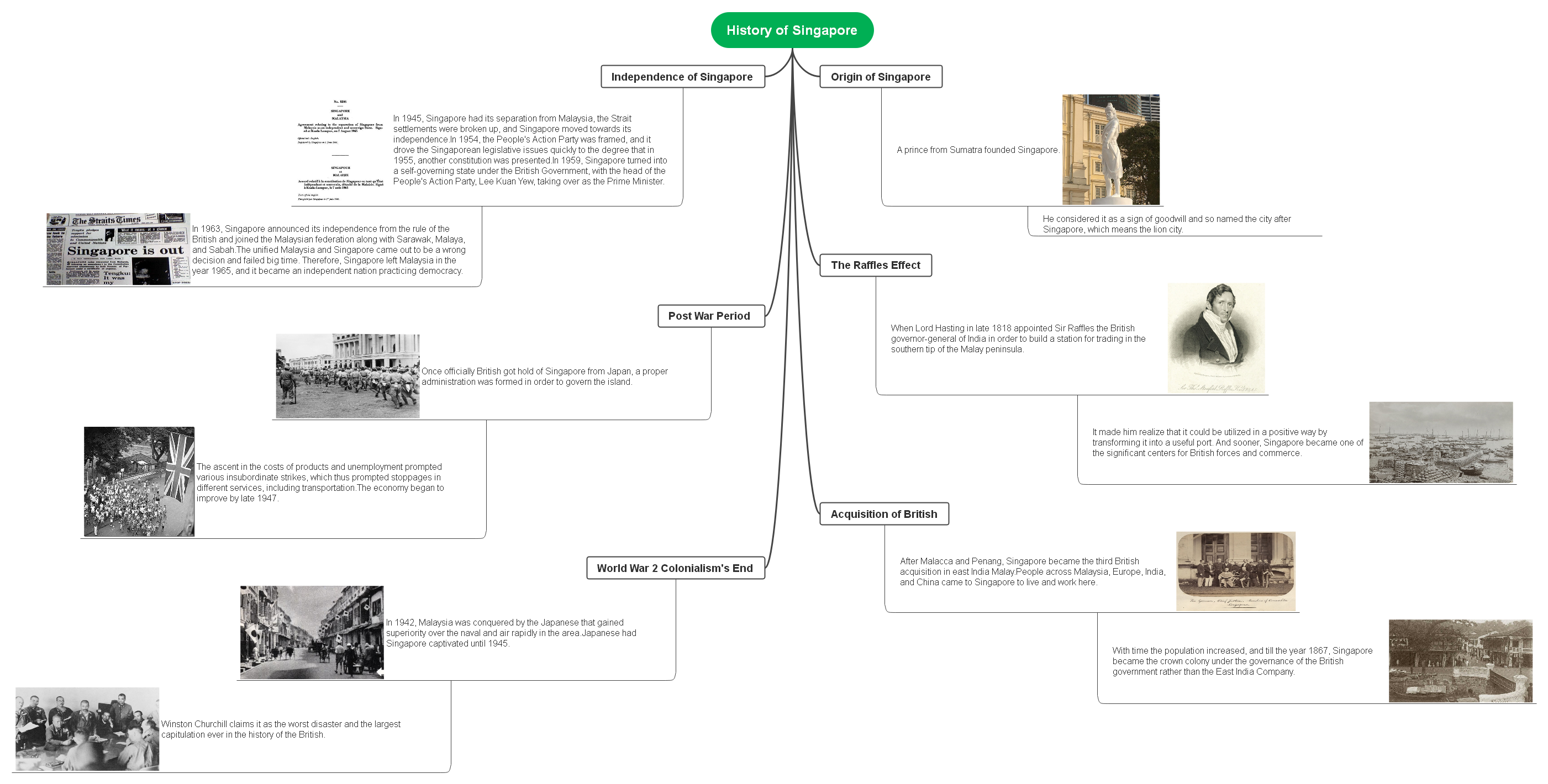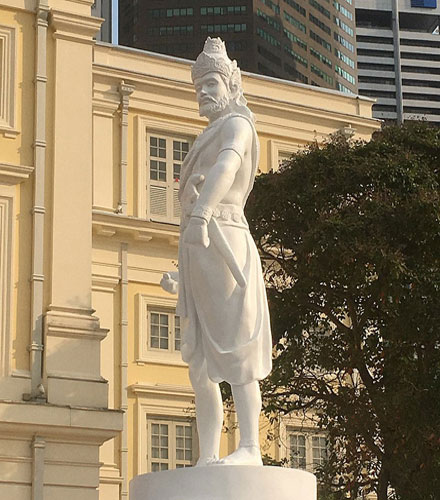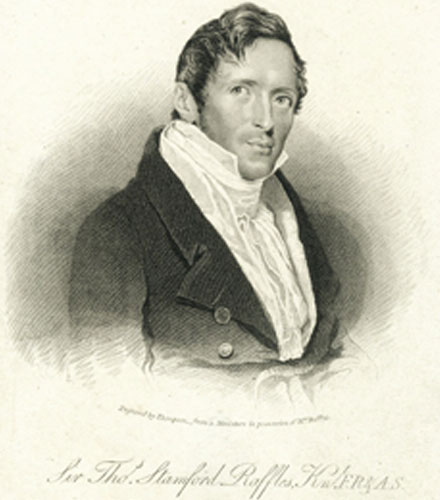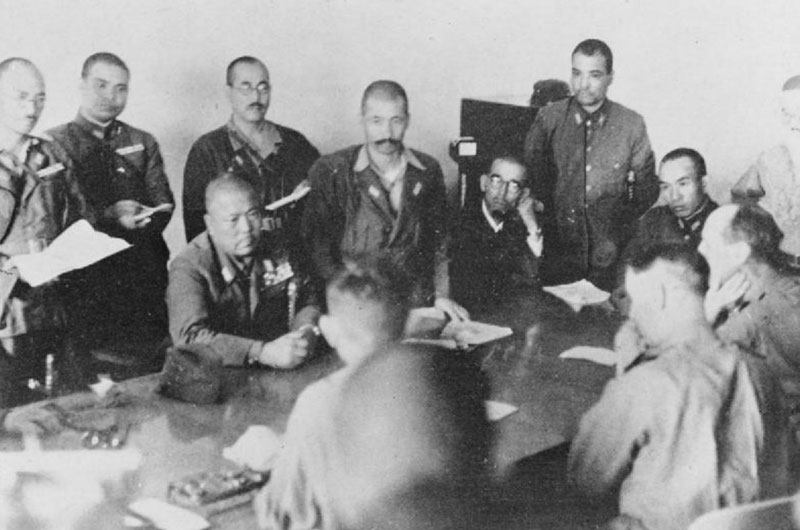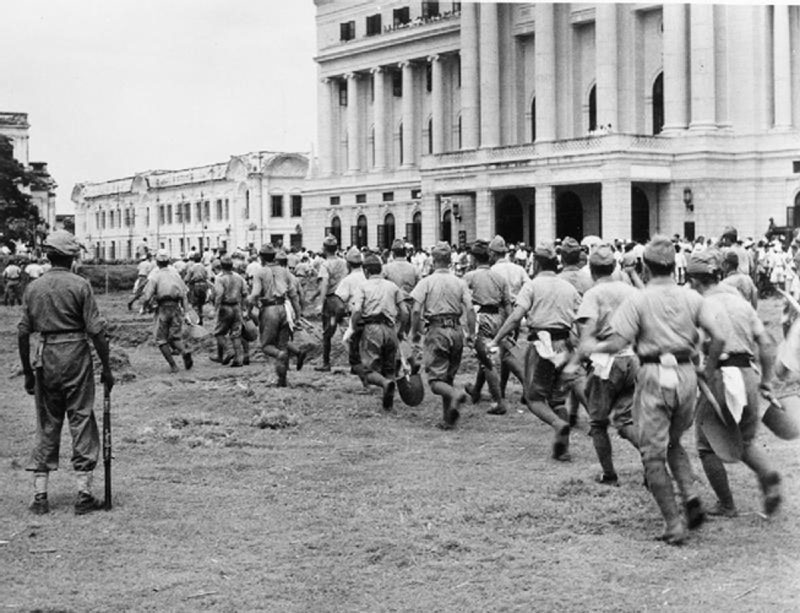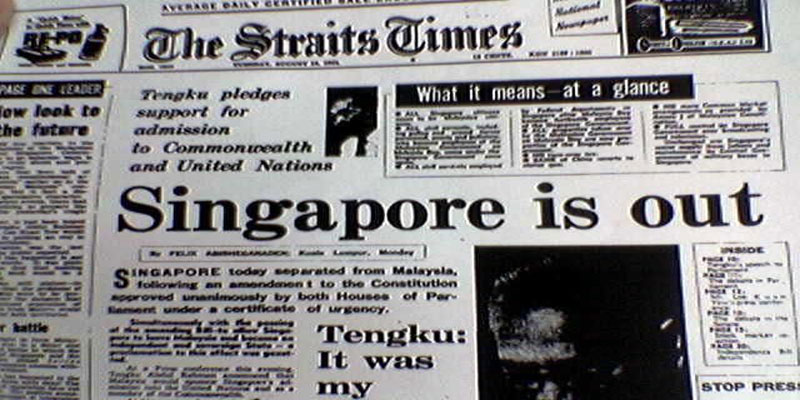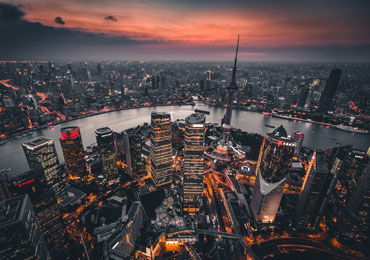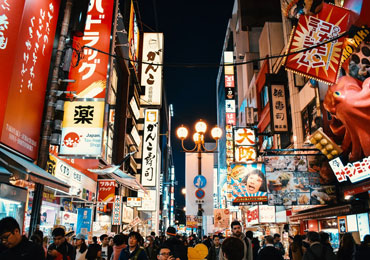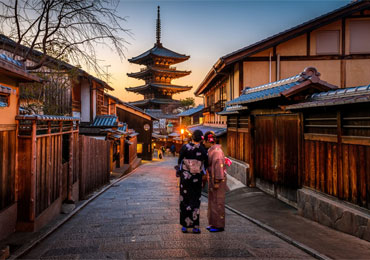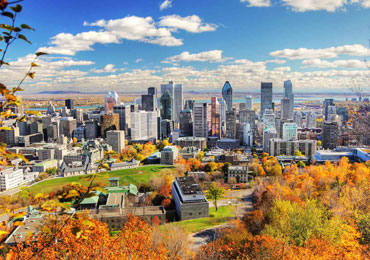History of Singapore
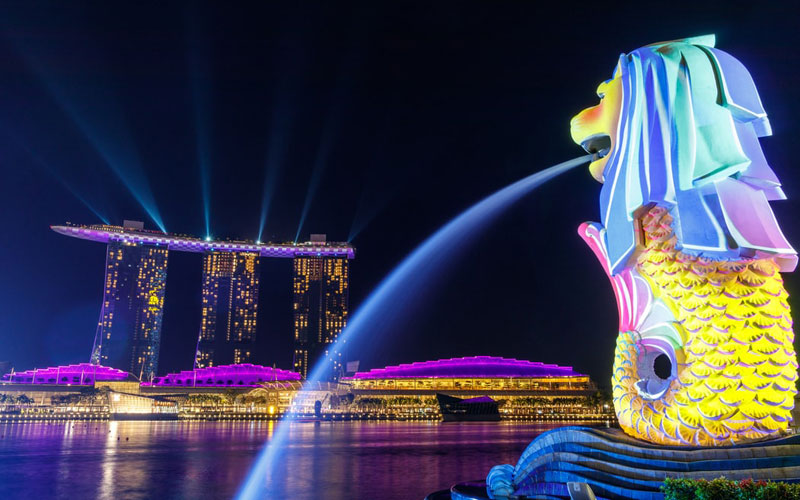
Technological competence, modern metropolis, eco-friendly hotels, and heritage sites – Singapore offers all of this, and that is just the beginning. Furthermore, 200 years on, Singapore's mutual relations with Britain stay comparably solid, with the two nations vowing to share best practices on issues including reasonable business and advancement, culture, and youth. The previous two centuries have established a legacy rich in innovation and heritage, mirroring the significant role of numerous nations, including Britain, in Singapore's development and the city-state's desire to be one of the world's most advanced countries. Here, we investigate the significant occasions in Singapore's history that shaped it into its current country.
Origin of Singapore
A prince from Sumatra founded Singapore when he landed on the island after an auspicious lion. He considered it a sign of goodwill and named the city after Singapore, which means the lion city. Singapore at that time was a trading port with a small population until the Europeans came in to settle. It was a Malay fishing village with hundreds of indigenous people who were known as the Orang Laut.
The Raffles Effect – Emergence of Modern Singapore
When Lord Hasting in late 1818 appointed Sir Raffles, India's British governor-general, to build a station for trading in the Malay peninsula's southern tip. After a thorough survey of the nearby island when he reached Singapore island, he found some jungles and swamps with a small population. It made him realize that it could be utilized positively by transforming it into a useful port. And sooner, Singapore became one of the critical centers for British forces and commerce.
Acquisition of British
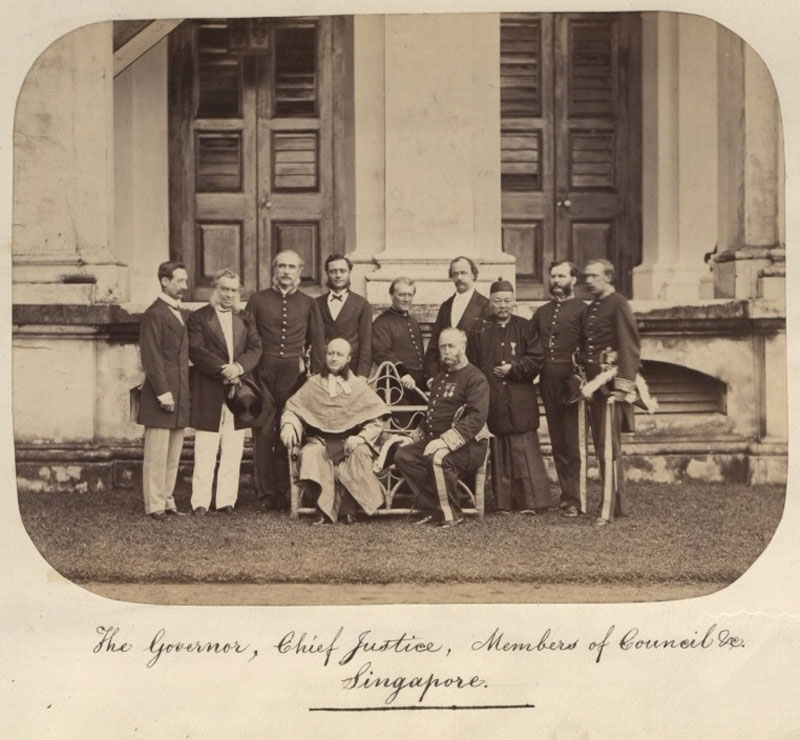
Image: The Governor, Chief Justice, Members of Council and company of the Straits Settlements in Singapore, circa 1860-1900.
Source: Wikipedia
After Malacca and Penang, Singapore became the third British acquisition in east India Malay. They built a trading port that maximized the growth rapidly. People across Malaysia, Europe, India, and China came to Singapore to live and work here. With time, the population increased, and till the year 1867, Singapore became the crown colony under the British government's governance rather than the East India Company. Moreover, a number of buildings were erected during the period.
World War 2 and Colonialism's End
In 1942, Malaysia was conquered by the Japanese that gained superiority over the naval and air rapidly in the area. British had no other choice left except for surrendering the island. That happened within a week only. Japanese had Singapore captivated until 1945. Winston Churchill claims it as the worst disaster and the largest capitulation ever in British history. Singapore had to go through many, including labor strikes, social unrest, unemployment, unstable economic situation, diminishing infrastructure, and inadequate housing. After three years of capture, the Japanese gave up, and The British occupied Singapore again.
Post War Period
After the Japanese surrendered Singapore to the British, the situation went worse. Singapore remained in a state of violence, looting, revenge killings, and disorder. British forces came back to Singapore and took over the rule officially from Japan. Once officially British got hold of Singapore from Japan, a proper administration was formed to govern the island. However, even then, the country was not stable. The violence and crime continued. There was a massive shortage of food, electricity, water issues, telephone service, and a great loss of its harbor facilities. All of it caused a lot of chaos, including the disease and death rise.
The ascent in the costs of products and unemployment prompted various insubordinate strikes, which prompted stoppages in different services, including transportation. The economy began to improve by late 1947, yet it would, in any case, require a long time to settle the economy like the pre-war time. The British had lost the certainty of Singaporeans as they neglected to guard the country. This prompted a condition of political arousing among the local populace. There was a rise in the number of anti-colony groups and gatherings that came up with the innumerable patriot slogans battling for Merdeka or independence in the Malay language.
Independence of Singapore
In 1945, Singapore had its separation from Malaysia, the Strait settlements were broken up, and Singapore moved towards its independence. In 1954, the People's Action Party was framed, and it drove the Singaporean legislative issues quickly to the degree that in 1955, another constitution was presented. In 1959, Singapore turned into a self-governing state under the British Government, with the People's Action Party, Lee Kuan Yew, taking over as the Prime Minister.
In 1963, Singapore announced its independence from British rule and joined the Malaysian federation and Sarawak, Malaya, and Sabah. Nevertheless, after the ideological clashes and conflicts between the Singapore government's major ideological group, People's Action Party (PAP), and federation, Singapore left in 1965 and in the exact year acquired sway formally. Singapore turned out to be entirely independent, and Yusof Bin Ishak was confirmed as its first president while Lee Kuan Yew proceeded as the prime minister.
The unified Malaysia and Singapore came out to be a wrong decision and failed big time. Therefore, Singapore left Malaysia in the year 1965, and it became an independent nation practicing democracy. Indeed, even today, Singapore safeguards the remaining of its colonial, wartime past and multicultural in the form of memorials, monuments, and museums.
Economic Development
However, the ultra-industrialized society that Singapore is also flourishing in the travel industry, drawing in many tourists each passing year. Singapore's port has outperformed Rotterdam and Hong Kong; it is known as the busiest transshipment port in the world at present. The country's medical, including the travel industry businesses, have surprisingly developed throughout the long term getting more attractive and marketable development regarding the mosaic heritage of culture and media technology.
Aside from the critical development and growth in the financial area and biotech industry, Singapore today is likewise the fifteenth biggest trading accomplice of the United States. The adequacy of the early-proposed financial plan of action is, in fact, honorable.
In today's time, Singapore is popularly known for its prosperous and booming center of industry and commerce, with rapid growth in terms of economy. Singapore is the only island surrounded by a minimum of 60 islets, with a compact 720 sq. km.
Furthermore, it is one of the fundamental and major oil distribution and refining centers. It is also a significant supplier of the components of electrics. Both business and joy are made more available and smooth streaming by the Republic's astounding and exceptional communication network, connecting it to the world's remains through telephone systems, satellite, and all-time available telegraph. Presently completely developed into an Asian Dragon, Singapore is some way or another, obviously, the main objective for both business and entertainment.
Moreover, Singapore is considered one of the most business-friendly countries. The government funds transport, generous housing, and health care programs. Singapore has open markets for imports and exports. The total value of the goods exports and imports is equal to 362.2 percent. The tariff rate applied is 0.1%.
Conclusion
The historical background of Singapore and the records of how Singapore was framed are shrouded in time. A third-century Chinese record alludes to it as the island toward the finish of a peninsula in the Malay language. Afterward, the city was referred to as Sea town or Temasek, and then during the fourteenth century, it procured the name of Singapore, and there is an antiquated legend behind it.
Annex: History of Singapore Mind Map
Browse and download the HD version of this mind map in Mind Map Gallery >>